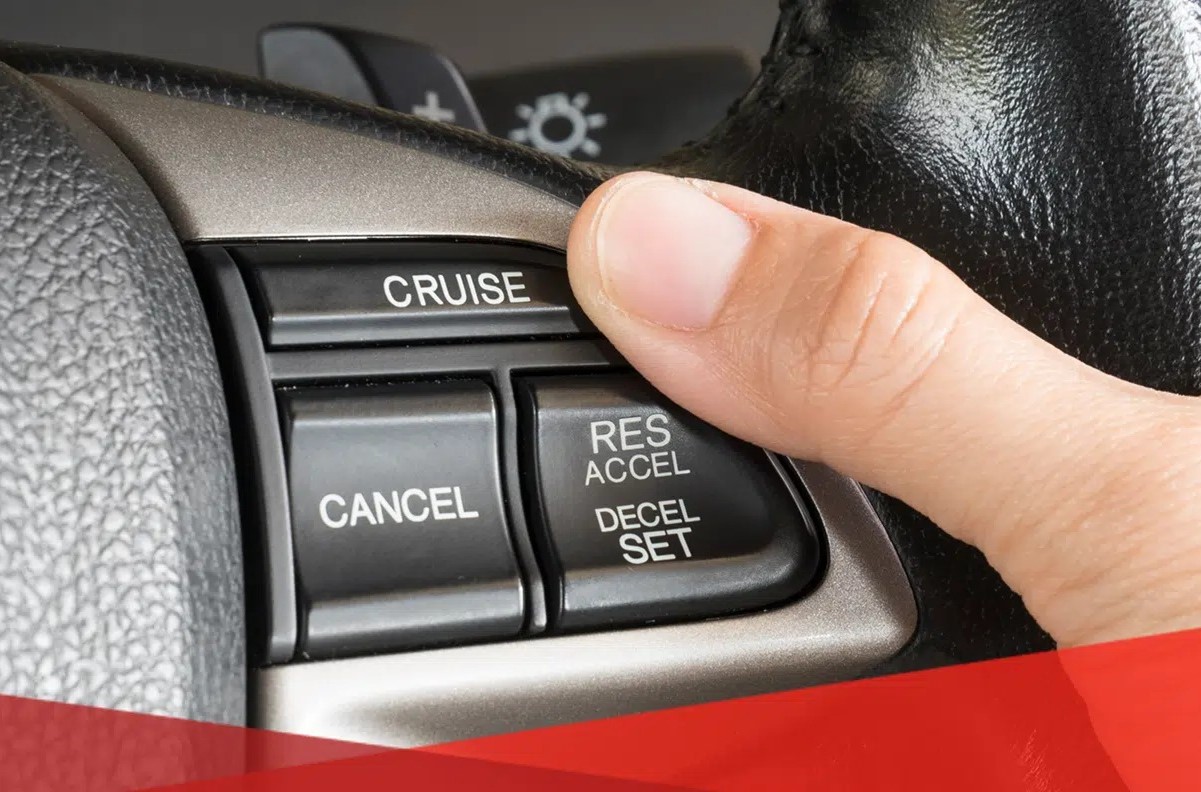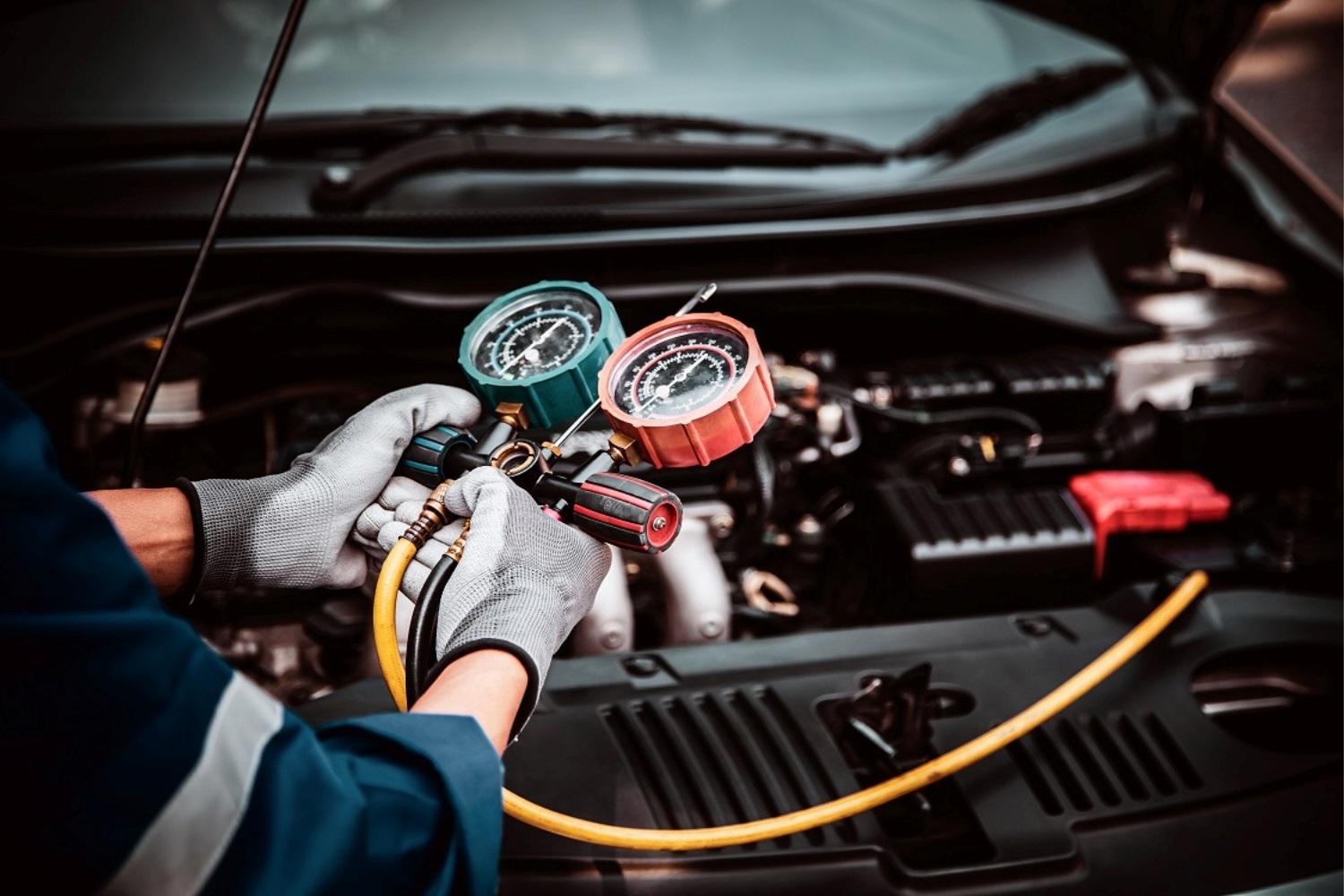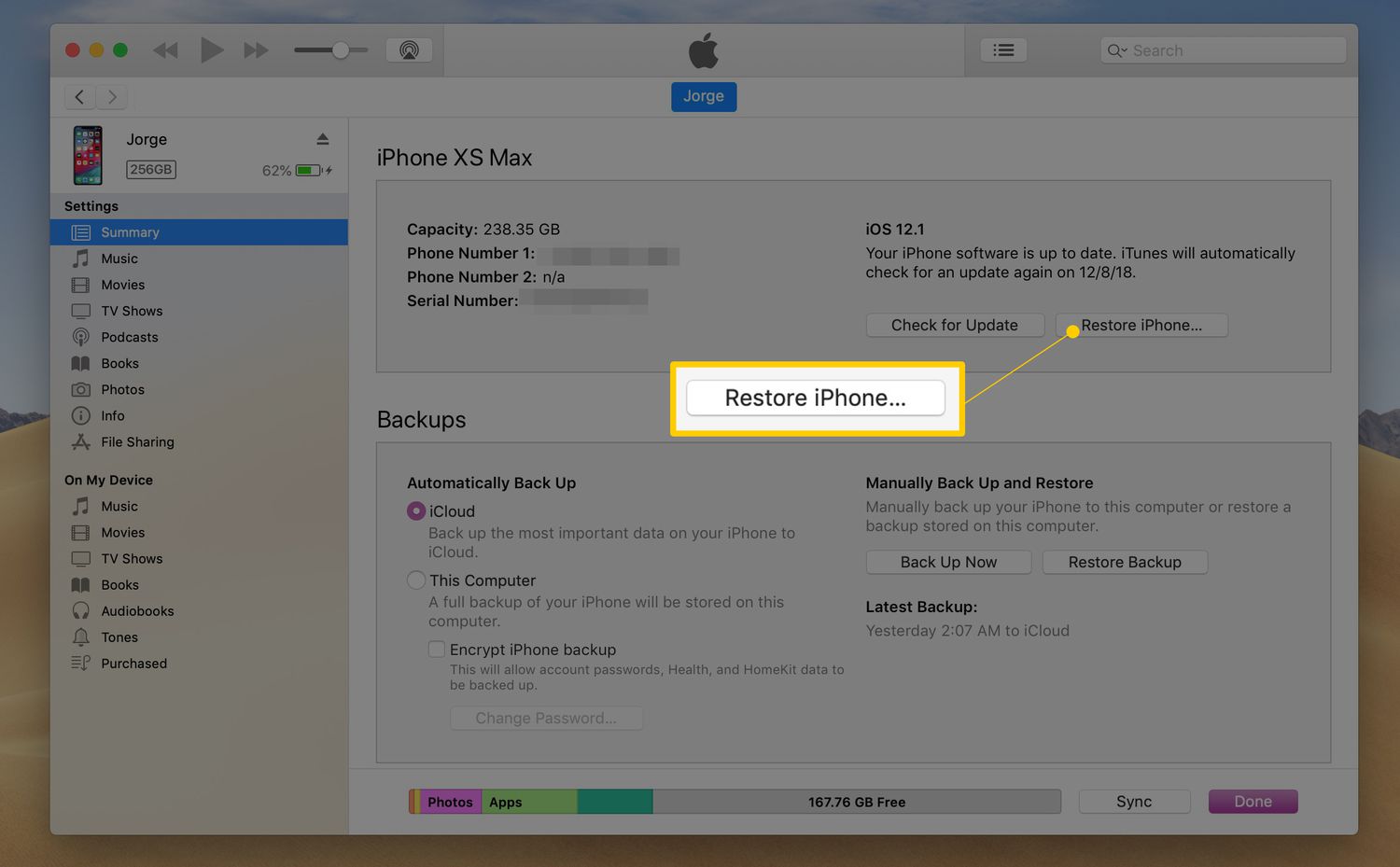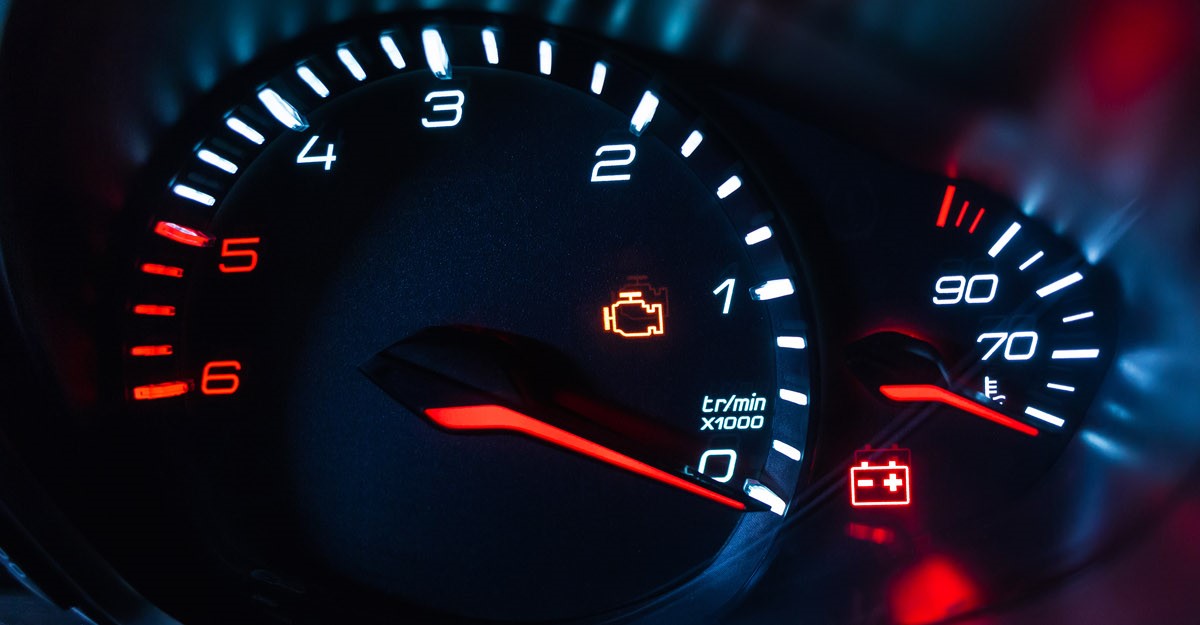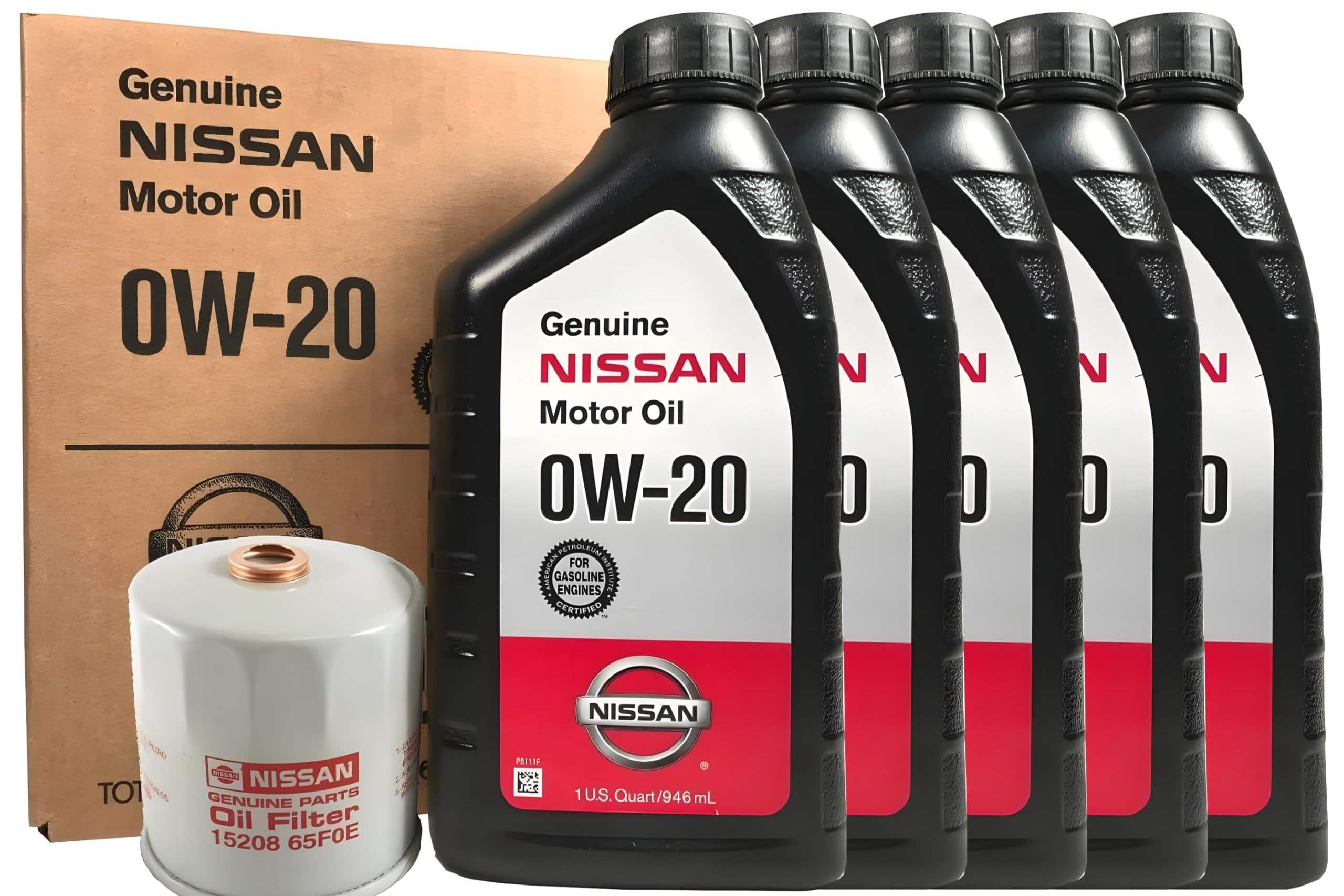Home>Automotive>This Is Why Your Car Shakes When You Accelerate And Brake!


Automotive
This Is Why Your Car Shakes When You Accelerate And Brake!
Published: January 23, 2024
Experiencing shaking when accelerating or braking? Get expert insights on automotive issues and solutions. Learn why your car shakes and how to fix it!
(Many of the links in this article redirect to a specific reviewed product. Your purchase of these products through affiliate links helps to generate commission for Noodls.com, at no extra cost. Learn more)
Table of Contents
Introduction
When you're behind the wheel, the last thing you want to experience is a shaky, juddering sensation when you accelerate or brake. It's not just an annoyance; it can also be a sign of underlying issues with your vehicle. Understanding why your car shakes during acceleration and braking is crucial for maintaining both safety and comfort on the road.
The causes of car shaking can vary widely, from minor issues to more serious mechanical problems. Whether it's a subtle vibration or an unsettling tremor, the sensation can be disconcerting for any driver. Identifying the root cause of the shaking is the first step toward finding a resolution.
In this comprehensive guide, we will delve into the intricacies of car shaking during acceleration and braking. By understanding the potential culprits behind these unsettling vibrations, you'll be better equipped to address the issue and ensure a smoother, more enjoyable driving experience. So, let's explore the common reasons why your car shakes and how to effectively tackle this problem.
Understanding the Causes of Shaking
The sensation of your car shaking during acceleration and braking can stem from a multitude of factors. It's essential to comprehend the potential causes to effectively troubleshoot and address the issue. One common culprit is uneven tire wear or improper tire balancing. When tires wear unevenly, they can create an imbalance that leads to shaking. Similarly, if the wheels are not properly balanced, it can result in noticeable vibrations, particularly when accelerating.
Another prevalent cause of shaking is related to the vehicle's suspension system. Worn-out or damaged suspension components, such as shocks, struts, or bushings, can lead to instability and shaking during acceleration and braking. Additionally, issues with the steering components, such as worn tie rod ends or steering rack problems, can manifest as shaking sensations, especially when turning or braking.
Furthermore, problems with the braking system can contribute to shaking during deceleration. Warped brake rotors, often caused by excessive heat buildup or prolonged heavy braking, can result in pulsating vibrations when applying the brakes. Similarly, worn brake pads or calipers can lead to uneven braking forces, causing the vehicle to shake when slowing down.
Moreover, engine-related issues can also be a source of shaking during acceleration. A misfiring engine, caused by faulty spark plugs, ignition coils, or fuel system problems, can lead to rough and shaky acceleration. Additionally, issues with the drivetrain, such as worn-out CV joints or a malfunctioning transmission, can manifest as shaking during acceleration.
It's important to note that these potential causes are not exhaustive, and other factors, such as wheel alignment issues, worn drivetrain components, or engine mounts, can also contribute to the shaking sensation. Understanding the intricate interplay of these various mechanical systems is crucial in diagnosing and resolving the root cause of the shaking.
By gaining insight into the diverse factors that can lead to car shaking, you can take proactive steps to address the underlying issues and restore a smooth, stable driving experience. Now, let's delve deeper into the specific scenarios of shaking during acceleration and braking, shedding light on the distinct causes and potential solutions for each scenario.
Shaking During Acceleration
Experiencing shaking or trembling sensations in your car when accelerating can be unnerving and unsettling. This phenomenon is often indicative of underlying mechanical issues that warrant attention. One of the primary culprits behind shaking during acceleration is related to the drivetrain and engine components. When the engine is under load during acceleration, any irregularities or malfunctions in these systems can manifest as noticeable vibrations.
A common cause of shaking during acceleration is a misfiring engine. This occurs when one or more cylinders in the engine fail to ignite the air-fuel mixture at the right time, resulting in uneven power delivery and rough acceleration. Faulty spark plugs, damaged ignition coils, or issues with the fuel delivery system can all contribute to engine misfires. Addressing these issues through timely maintenance and component replacement can help restore smooth acceleration and eliminate the shaking sensation.
Moreover, worn or damaged drivetrain components, particularly CV (constant velocity) joints, can also lead to shaking during acceleration. These joints, located on the ends of the drive axles, are responsible for transmitting power from the transmission to the wheels while allowing for flexible movement. Over time, CV joints can wear out, leading to excessive play and vibrations during acceleration. Replacing worn CV joints and ensuring proper lubrication can mitigate the shaking and restore the drivability of the vehicle.
In addition to drivetrain and engine-related issues, wheel and tire imbalances can also contribute to shaking during acceleration. Uneven tire wear or imbalanced wheels can create disturbances that become more pronounced when the vehicle is accelerating. Addressing these issues through tire rotation, wheel balancing, and proper alignment can help alleviate the shaking and improve overall driving comfort.
Furthermore, worn engine mounts can exacerbate shaking during acceleration. Engine mounts are designed to absorb and dampen the vibrations produced by the engine. When these mounts deteriorate or become damaged, the engine's vibrations can transfer directly to the vehicle's chassis, leading to noticeable shaking during acceleration. Replacing worn engine mounts can significantly reduce the intensity of the vibrations and restore a smoother driving experience.
By addressing these potential causes of shaking during acceleration, drivers can effectively diagnose and resolve the underlying issues, thereby restoring the comfort and stability of their vehicles. Understanding the interplay of various mechanical systems and components is crucial in identifying and mitigating the factors contributing to the shaking sensation during acceleration.
Shaking During Braking
Experiencing shaking or vibrations in your car when applying the brakes can be a cause for concern, signaling potential issues within the braking system and related components. The sensation of shaking during braking is often a clear indicator of problems that require attention to ensure both safety and driving comfort.
One of the primary culprits behind shaking during braking is warped brake rotors. Over time, brake rotors can become distorted due to the accumulation of heat and friction generated during braking. This can lead to uneven braking surfaces, causing the brake pads to make uneven contact with the rotors. As a result, when the brakes are applied, pulsating vibrations are felt through the steering wheel and the vehicle itself. Addressing this issue typically involves resurfacing or replacing the warped brake rotors to restore smooth braking performance and eliminate the shaking sensation.
Furthermore, worn brake pads or calipers can also contribute to shaking during braking. When brake pads wear unevenly or become excessively worn, they can apply uneven pressure to the rotors, leading to vibrations during braking. Similarly, malfunctioning or sticking brake calipers can result in uneven braking forces, causing the vehicle to shake when coming to a stop. Replacing worn brake pads and calipers, along with ensuring proper lubrication and functionality, is essential in resolving this issue and restoring consistent braking performance.
In addition to brake-related factors, issues with the suspension and steering components can also manifest as shaking during braking. Worn or damaged suspension components, such as shocks, struts, or bushings, can lead to instability and vibrations when the brakes are applied. Similarly, problems with the steering system, including worn tie rod ends or steering rack issues, can contribute to shaking sensations during braking. Addressing these suspension and steering-related issues through component replacement and proper alignment can help mitigate the shaking and ensure a more stable driving experience.
Moreover, tire and wheel imbalances can exacerbate shaking during braking. Uneven tire wear or improperly balanced wheels can lead to disturbances that become more pronounced when the brakes are applied. Addressing these issues through tire rotation, wheel balancing, and alignment can help reduce the intensity of the shaking and improve overall braking performance.
By addressing these potential causes of shaking during braking, drivers can effectively diagnose and resolve the underlying issues, thereby restoring the safety and stability of their vehicles. Understanding the interplay of various mechanical systems and components is crucial in identifying and mitigating the factors contributing to the shaking sensation during braking.
Common Solutions to Car Shaking
Addressing the various causes of car shaking during acceleration and braking requires a systematic approach to diagnose and resolve the underlying issues effectively. Here are some common solutions to mitigate and eliminate car shaking:
-
Tire Maintenance and Wheel Balancing: Regular tire maintenance, including proper inflation, rotation, and alignment, is crucial in preventing uneven tire wear that can lead to shaking. Additionally, ensuring that the wheels are properly balanced can help minimize vibrations during acceleration and braking.
-
Brake System Inspection and Maintenance: Regular inspection of the brake system, including the rotors, pads, and calipers, is essential in identifying and addressing potential issues that can cause shaking during braking. Resurfacing or replacing warped brake rotors, along with replacing worn brake pads and calipers, can restore smooth braking performance.
-
Suspension and Steering Component Replacement: Worn or damaged suspension components, such as shocks, struts, and bushings, can contribute to instability and shaking. Replacing these components, along with addressing steering-related issues, can help mitigate vibrations during acceleration and braking.
-
Drivetrain and Engine Maintenance: Timely maintenance of drivetrain components, including CV joints and engine mounts, is crucial in minimizing shaking during acceleration. Addressing issues such as worn CV joints and replacing damaged engine mounts can significantly reduce the intensity of vibrations.
-
Professional Diagnostic and Repair Services: Seeking the expertise of qualified automotive professionals for thorough diagnostic assessments and repairs is essential, especially for complex issues related to the drivetrain, engine, and braking systems. Professional technicians can accurately identify and address the root causes of car shaking, ensuring comprehensive and lasting solutions.
-
Regular Vehicle Inspections and Maintenance: Implementing a proactive approach to vehicle maintenance, including regular inspections and adherence to manufacturer-recommended service intervals, can help prevent and address potential issues that can lead to car shaking. This includes addressing engine-related issues, maintaining proper fluid levels, and ensuring overall vehicle health.
By implementing these common solutions, drivers can effectively address the underlying causes of car shaking, ensuring a smoother and more stable driving experience. Taking proactive steps to maintain and address potential issues in the tire, brake, suspension, drivetrain, and engine systems is essential in mitigating shaking during acceleration and braking, ultimately enhancing both safety and driving comfort.
Conclusion
In conclusion, understanding why your car shakes during acceleration and braking is essential for maintaining a safe, comfortable, and enjoyable driving experience. The diverse array of potential causes, ranging from tire and wheel imbalances to issues with the suspension, braking system, drivetrain, and engine, underscores the intricate interplay of various mechanical systems within a vehicle. By gaining insight into these potential culprits, drivers can take proactive steps to diagnose and address the root causes of car shaking, ensuring smoother and more stable driving dynamics.
Addressing shaking during acceleration and braking requires a systematic approach, encompassing regular maintenance, thorough inspections, and timely repairs. From tire maintenance and wheel balancing to brake system inspections and suspension component replacements, the solutions to mitigating car shaking are multifaceted and tailored to the specific underlying issues. Additionally, seeking professional diagnostic and repair services for complex drivetrain and engine-related issues is crucial in ensuring comprehensive and lasting solutions.
By implementing these common solutions and adopting a proactive approach to vehicle maintenance, drivers can effectively mitigate car shaking, thereby enhancing both safety and driving comfort. Regular vehicle inspections, adherence to manufacturer-recommended service intervals, and timely resolution of potential issues contribute to a smoother and more stable driving experience.
Ultimately, the journey toward addressing car shaking during acceleration and braking is rooted in a deep understanding of the vehicle's mechanical intricacies and a commitment to proactive maintenance and timely repairs. By embracing these principles, drivers can navigate the road with confidence, knowing that their vehicles are not only safe and reliable but also free from the unsettling vibrations that detract from the joy of driving.
In essence, the resolution of car shaking is a testament to the symbiotic relationship between drivers and their vehicles, where proactive care and attention yield a harmonious and seamless driving experience. With a keen eye on maintenance and a commitment to addressing potential issues, drivers can ensure that their vehicles accelerate, brake, and traverse the roads with the smoothness and stability they deserve.



